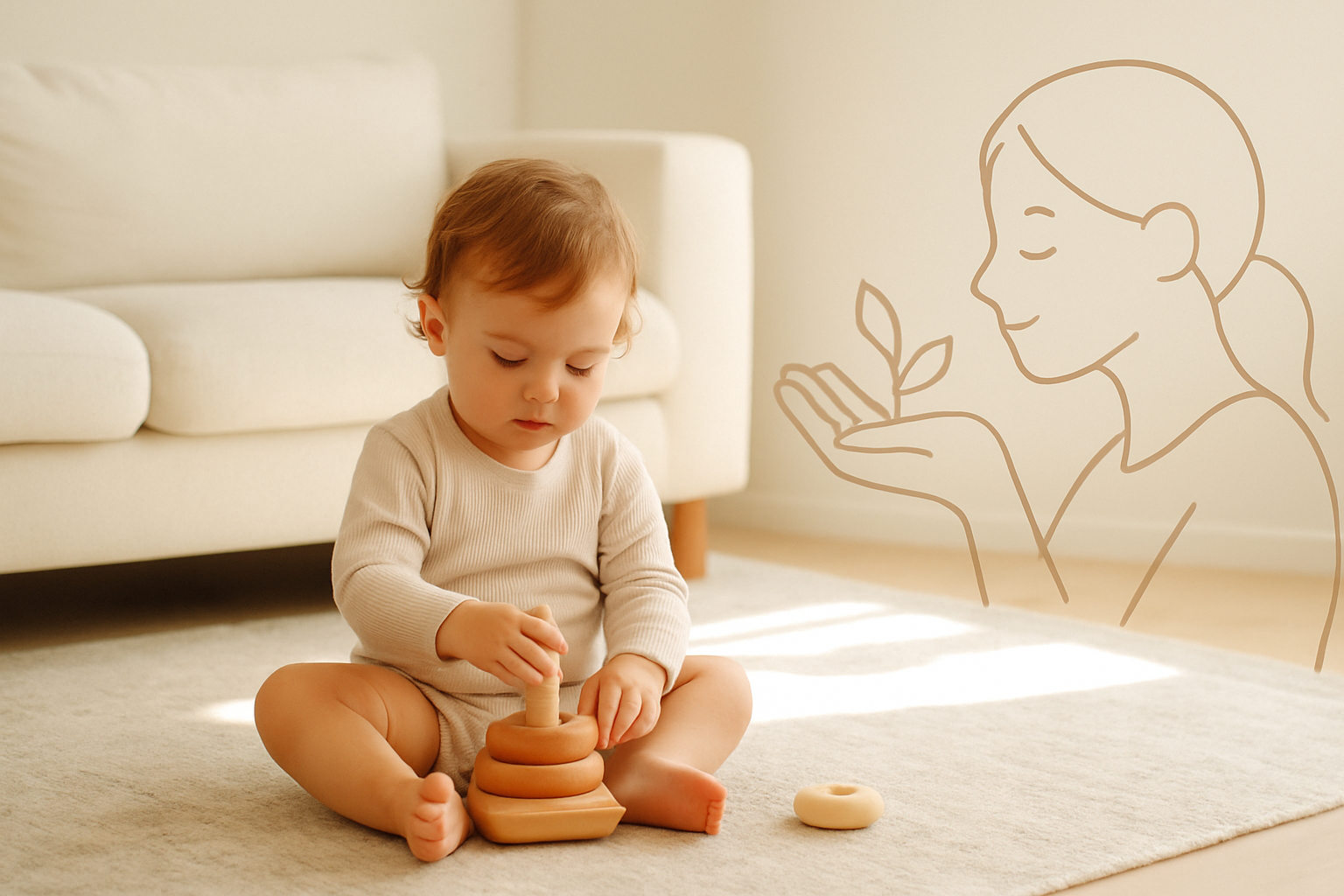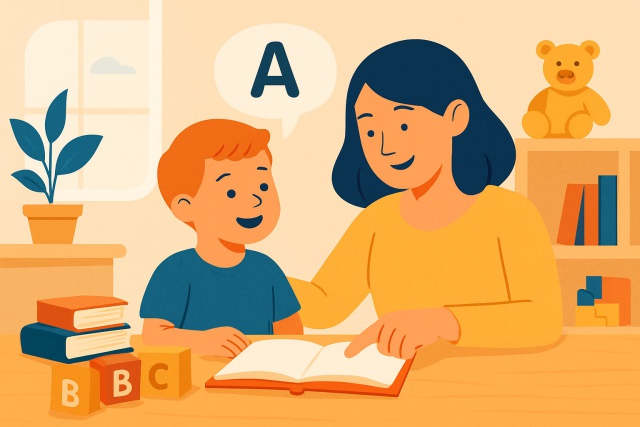
Building Mental Toughness for Young Athletes Under Pressure
Learn advanced tips and expert techniques to help young athletes build mental toughness, stay focuse...
Gratification disorder often leaves many parents and caregivers scratching their heads in confusion. It refers to a harmless, yet frequently misunderstood behavior where children appear to find comfort or pleasure through certain repetitive movements or postures.
Gratification disorder is a behavioral condition most commonly spotted in infants and young children. It shows up as episodes where the little ones repeat certain self-soothing actions—think specific postures or rhythmic movements—to find comfort or a bit of pleasure. While it might raise eyebrows and cause some worry, gratification disorder isn’t actually harmful and doesn’t hint at any deeper sexual issues. These behaviors often get mistaken for seizures or other neurological problems, but they’re quite different when you really look at their cause and effects.
Gratification disorder went by the name "benign idiopathic infantile dyskinesia" and believe it or not it was sometimes mistakenly chalked up to infant masturbation causing quite a bit of confusion and unnecessary stigma along the way.
Gratification disorder behaviors stem from the way a child's brain grows and adapts both neurologically and psychologically as it seeks out its own pockets of comfort. These self-soothing actions tap into parts of the brain tied to pleasure and relief and give young children a way to manage their emotions or physical sensations without outside help.
When it comes to spotting gratification disorder, there are a few telltale signs that tend to pop up. It is a bit like noticing the smoke before you see the fire—subtle but definitely there if you know where to look. People might experience flashes of intense pleasure in situations that wouldn’t usually raise an eyebrow, sometimes leaving them scratching their heads or feeling a touch unsettled. These moments can come out of nowhere, as surprising as a sudden summer thunderstorm on a clear day. Add to that occasional restlessness or a nagging feeling that something isn’t quite right, and you have a pattern that’s worth paying attention to. Of course, every case is a little different; these symptoms aren’t cast in stone, but they often give us good clues along the way.
Caregivers often notice certain repetitive movements or postures in their child that strike them as a bit unusual or sometimes worrying. These little episodes tend to pop up several times throughout the day and typically only last for a few minutes.
Gratification disorder episodes usually don’t come with loss of consciousness or convulsions. You also do not see that typical post-event confusion after a seizure. Spotting these differences early on can save a lot of headaches for both the patient and the doctor by steering clear of needless medical tests or mixing up these episodes with epilepsy or behavioral problems.
Gratification disorder is wrapped up in many myths that can easily leave parents feeling guilty or confused. Sometimes, it even leaves them feeling a bit ashamed. It’s common for individuals to misunderstand the condition and unfairly link it to abuse or think it’s intentional misbehavior.
Dr. Sarah Martinez, a pediatric neurologist, points out that gratification disorder is perfectly normal and harmless behavior in young children. It’s really their growing brains trying to find a bit of comfort, not some moral slip-up or medical issue. In my experience, it’s one of those things that parents often worry about more than they need to.
Diagnosing gratification disorder calls for healthcare professionals to closely monitor the child and distinguish it from epilepsy or other medical conditions. Doctors investigate the child's medical history and details of each episode and often rely on family stories to make an accurate diagnosis
Gratification disorder is a harmless condition treatment mostly focuses on educating families about what is going on and offering supportive care rather than rushing into aggressive interventions.
Most kids usually outgrow gratification disorder by the time they hit 4 or 5 years old and thankfully it doesn’t leave any lasting scars.

Gratification disorder is usually harmless but if parents notice it happening more often or if their child seems unable to stop or if the behavior becomes upsetting it’s a good idea to check in with a doctor.
Helping a child with gratification disorder calls for a hefty dose of patience, plenty of care and above all a judgment-free approach. Encouraging open communication while avoiding any hint of shame or punishment and creating a warm supportive environment can help children feel safe

Learn advanced tips and expert techniques to help young athletes build mental toughness, stay focuse...

Confused about whether a young person may have Conduct Disorder or Oppositional Defiant Disorder? Th...

Discover how adolescents form their identity through exploration, crisis, commitment, and resolution...

Language processing disorder impacts how children understand and use language. Learn to recognize ea...